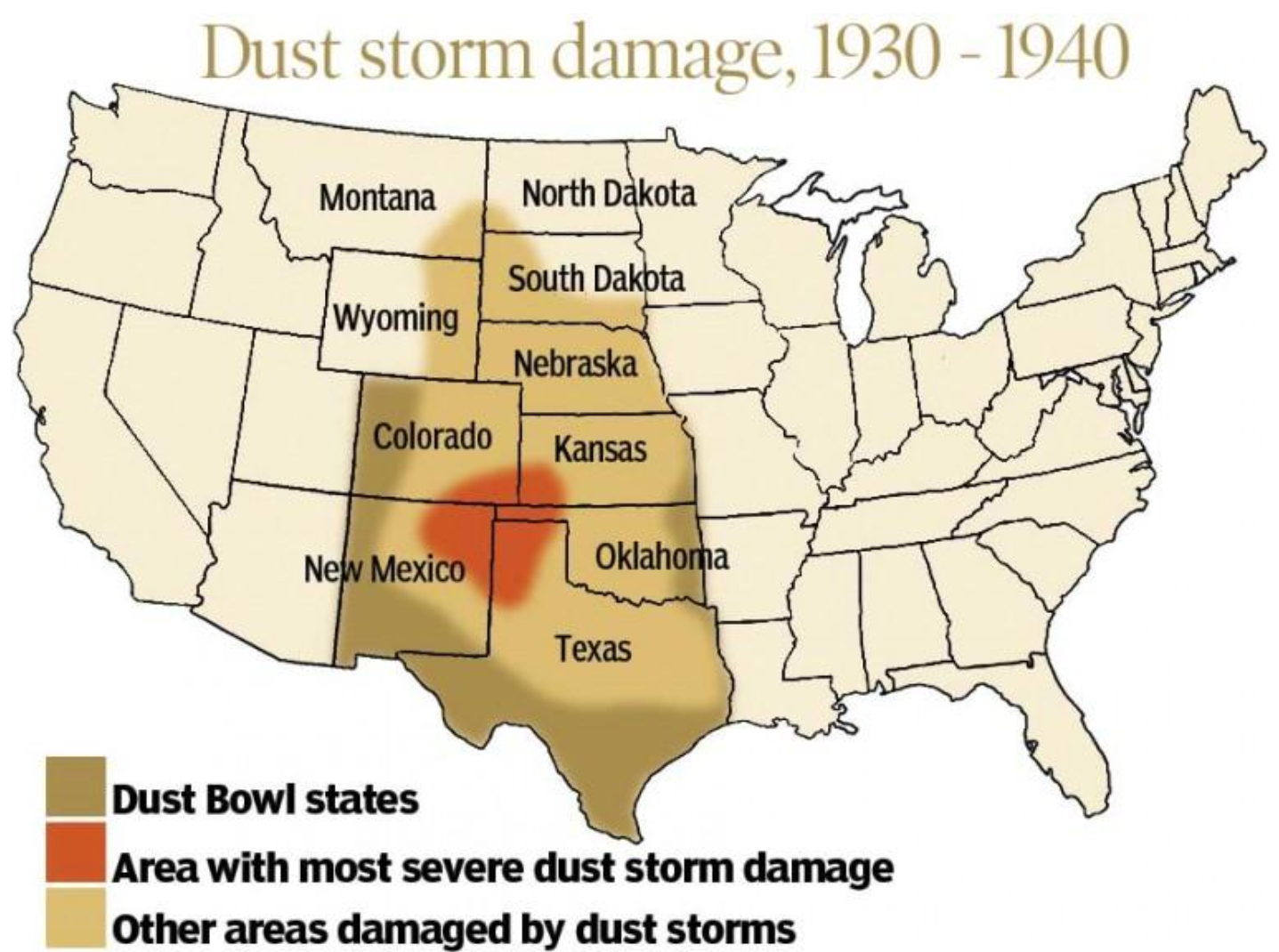Answer to either or both:
1. Compare/contrast the two excertps, in light of the concepts of "border", "im/migration" and "Mexamerica" (Joel Garreau's idea, in, The Nine Nations of North America, of a cultural region ecompassing the American Southwest and Northern Mexico). Tip: for the first two concepts, you can peruse the 2007 edition of Keywords for American Cultural Studies in moodle).
"The most significant thing about the American frontier is, that it lies at the hither edge of free land. (...) The term is an elastic one, and, for our purpuses does not need sharp definition. (...)
In the settlement of America we have to observe how European life entered the continent, and how America modified and developed that life and reacted on Europe. Our early history is the study of European germs developing in an American environment. Too exclusive attention has been paid by institutional students to the Germanic origins too little to the Aerican factors. The frontier is the line of most rapid and effective Americanization. The wilderness masters the colonist." (F. J. Turner, "The Significance of the Frontier in American History", anthology, p. 207).
"Borders are set up to define the places that are safe and unsafe, to distinguish us from them. A border is a dividing line, a narrwo strip along a steep edge. A borderland is a vague and undetermined place created by the emotional residue of an unnatural boundary. It is in a constant state of transition. The prohibited and forbidden are its inhabitants. (...) Gringos in the US Southwest consider the inhabitants of the borderlands transgressors, aliens - whether they possess documents or not, whethter they're Chicanos, indians or Blacks." (Gloria Anzaldúa, Borderlands / La Frontera: the New Mestiza, anthology p.227)


In light of the concepts "border", "im/migration" and "Mexamerica" here's the comparasion of those excerpts:
ReplyDeleteAccording to Truner, the "frontier" is not a fixed barrier, it is an "elastic zone" in which transformation takes place, as he reinforces later in the following sentence: "The frontier is the line of most rapid and effective Americanization", in which Europeans are transformed by "wilderness". In my perspective, I assume that the author sees the "frontier" not as limiting or dividing, but rather as something that progressively gains ground in the American identity. Anzaldùa, on the other hand, has a very different view of this term, assuming it as a barrier that divides people, culminating in their marginalization and exclusion. The ones affected are often seen as "aliens", whether legalized or not, they are victims of this discrimination, marked by fear and conflict. The author emphasizes minority classes, such as "Chicanos, Indians or Blacks".
The "im/migration" for Turner is seen as something positive, insofar as Europeans migrating to the US, due to American culture, will be the target of civilizational evolution and progress. I also note that this author in the excerpt only mentions European migrants, not mentioning other nationalities. In turn, Anzaldùa refers to the fact that such movement of people, whether or not they are legalized, generates stigmatization, which does not allow the integration of these classes into society, because a process of alienation continues.
Since Turner makes no mention of cultures other than the European one, I assume that, when speaking of "Mexamerica", he does not take it into account and perhaps does not even consider it as existing, therefore, I believe that he promotes the ideology of a dominant culture. In turn, Andalzùa, by mentioning several cultures, even if she does not use the term "Mexamerica" literally, its meaning is implied, allowing the coexistence of several cultures and promoting this.
Turner views the concept of “Frontier” as an opportunity, a place where Europeans can transform into Americans through land expansion. By his narration, it is implied that migration is a form of civilizing, as he erases the presence of Indigenous and Europeans. On the other hand, Gloria Anzaldua presents the border as an act of trauma. In her words, “borderland” is a piece of conflict, a place where people are discriminated and seen as illegal citizens.
ReplyDeleteTurner’s opinion supports a romanticized Americanization while Anzaldua highlights facts such as hybridity, violence as an immigration effect. Both views can sum up the reality of people’s identity and act for survival.
Turner and Anzaldúa talk about the border in totally different ways. Turner sees the frontier as a chance for Europeans to become more “American,” but he doesn’t mention Native people or Mexicans at all. It feels like he only sees one culture as important. Anzaldúa, instead, shows the border as a hard and confusing place, where people are between two worlds and often rejected. Her point of view feels more personal and emotional. While Turner is focused on land and expansion, Anzaldúa talks more about culture, identity, and how people live in the middle. That’s closer to what “Mexamerica” really is many cultures mixing, not just one.
ReplyDeleteTurner sees the frontier as a space of opportunity where European settlers become “Americanized” by taming the wilderness. This view ignores existing cultures and treats the land as empty and free. In contrast, Gloria Anzaldúa describes the border not as a frontier of growth, but as a painful, shifting space shaped by exclusion, migration, and cultural conflict.
ReplyDeleteThe two authors have opposite perspectives about the border. Turner views the frontier as a ocassion.He sees the land as open and full of promise, ignoring the presence of Native people. Turner’s focus is on expansion and a single cultural identity shaped by european settlers. In contrast, Gloria Anzaldúa describes the border as painful and full of conflict. For her, the border isn’t just a line on a map. it is a place where people live between cultures. She highlights the emotional and personal experience of living in this in between space, emphasizing identity and struggle.
ReplyDeleteWhile Turner’s version of the border is about creating a unified American identity, Anzaldúa shows a more complex reality.